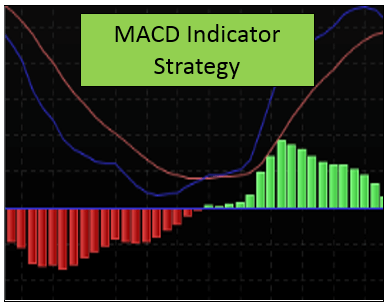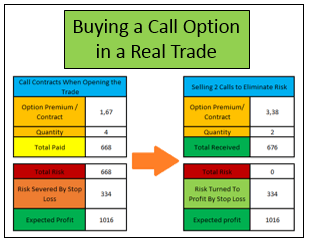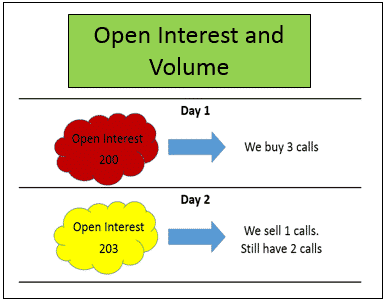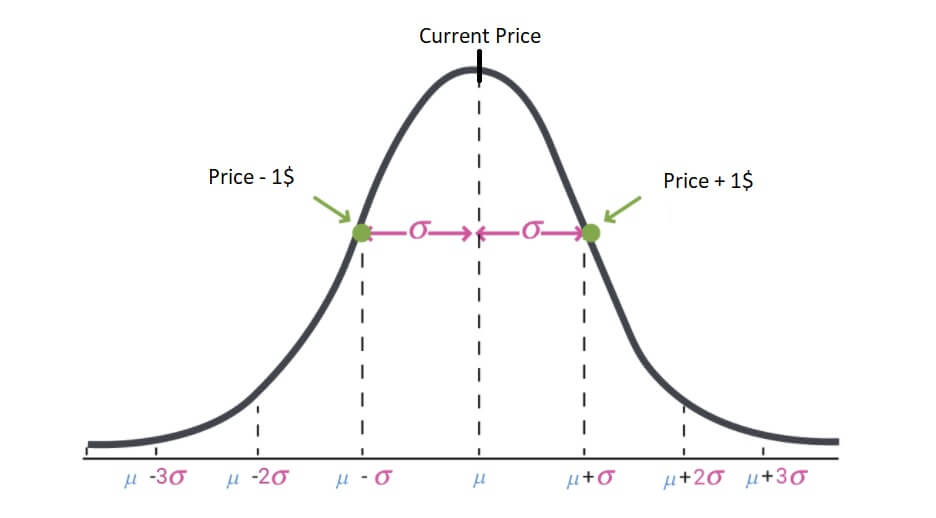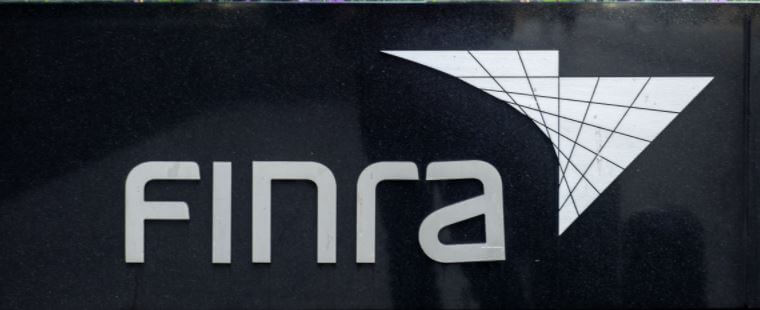Comparing 2 In the Money vs Out of The Money Options
On other occasions, we have seen the differences between In the Money vs Out of the Money options. Here we will review in more detail the numbers obtained in one case versus the other. We’ll compare the general characteristics of these two options and the reason to use one or the other, focusing on the buyer’s side of option trading.
That is why, first, I recommend you to take a look at what are Out of The Money and In the Money options. This two concepts are key to understand the metrics and examples we will review here.
The idea is to know which one is best to use in the different scenarios that we may encounter when trading options, so you have a better overview of how options chains work in general and the actual usefulness of each strike price we may encounter. Let’s get down to business!
Table of Contents
Metrics of the In the Money vs Out of The Money options
In the corresponding sections in which we explained what ITM options and OTM options are, we saw that the main difference between them is the relative position that strike prices have concerning the current underlying price.
As we said in those articles, as a general rule, those options found ITM are usually much more expensive than those found in an OTM relationship. The main question is this: What would be the point of paying for a more expensive option, if we have one available that is cheaper? The reason lies in the quality of the option. Let’s look at an example.
Example of In The Money vs Out of The Money
Imagine that we have made a fundamental analysis of the company Delta Airlines, and we have determined that shares are going to fall because many flights are being canceled due to the global pandemic that, unfortunately, we are suffering at the moment.
If, before those falls in share prices, we had entered the options market knowing that there was going to be a such drops, we would have looked at put option contracts to buy a few for high returns.
From all the possible strike prices available, we now ask ourselves the main question: What strike price should we choose? To answer it, we will rely on data and facts using our Black-Scholes model calculator, which you can download for free here.
Buying both contracts
Assume that the underlying price is $45 per share and that strike prices are ranging from $60 to $20 for put options within a one-month expiration date. Let’s compare, for example, those strikes of $55 and $40, which are In The Money and Out of The Money, respectively, to see what would have happened. We will assume that there is the same 30% implied volatility for both contracts for simplicity.

Out of The Money options” width=”708″ height=”169″ /> In The Money Option

Out of The Money options” width=”730″ height=”173″ /> Out of The Money Option
If you look closely at the images above, you can see not only significant differences in the put premium prices, but also in their greeks, especially in delta.
Analyzing both options
If we buy the In the Money put contract, we will be paying for it a value of $998 with a very high delta of 0.943. However, if we decide to buy the Out of the Money contract, we must pay $44, but it offers us a very poor delta, worth 0.152. The key to those premium differences lies precisely in the delta and the relative distance between the strike price and underlying.
Remember, if we decide to buy an OTM option, to be profitable at expiration, the underlying must fall below the strike price. In this case, the price must be less than $40 for this contract to begin to see a profit at expiration.
However, with an ITM put option, unless the underlying price rises above $50, the option will still have value, and when the expiration date arrives, our contract will not expire worthless.
First underlying price fall analysis
Now, let’s see how much do each option reevaluate as the underlying prices fall. Let’s retake the option calculator and see what happens if Delta Airlines shares fall to $40 after 15 days

Out of The Money options” width=”727″ height=”182″ /> In The Money Option

Out of The Money options” width=”715″ height=”173″ /> Out of The Money Option
Let’s look again at the premium prices of our two options. The OTM option contract has increased from $44 to $164. So the profit we have made during this fall so far is $120, having covered $5 of the underlying price!
However, for the ITM put contract, we went from $998 to $1488, producing a profit of $490, which is four times more than in the case of the OTM put contract, and all this is due to the delta effect on both options.
As you can see, in both cases, the underlying has fallen exactly the same, but by merely positioning ourselves with one strike price or another, we get entirely different premiums.
Second underlying price fall analysis
Even so, let us analyze what would have happened if share prices fell another $5, because now we will see how the greek gamma will come into a significant role in the OTM contract.

Out of The Money options” width=”729″ height=”179″ /> In The Money Option

Out of The Money options” width=”711″ height=”174″ /> Out of The Money Option
In this case, in the ITM put contract, we have obtained a direct increase of $500 more than the previous example, since we went from $1488 to 1988, because of a delta of practically the unit.
On the other hand, for the OTM option contract, it has now become an ITM put contract, since the strike price is now above the underlying. In this case, the value has increased from $164 to $512. The premium value has been multiplied by three!. That is due to gamma, which has accelerated delta value. If you want to know more about gamma, you can check this article.
Risk-reward ratio In The Money vs Out of The Money
During the whole process, the OTM put has scarcely obtained any value until the underlying has fallen below the strike. Until then, we had hardly received any gain compared to the ITM put. However, a somewhat peculiar fact occurs. By using Out of the Money options, the risk-profit ratio is much higher. Here is a comparison table with the previous results.

As you can see, in the first drop, even though we get a much higher value with an ITM contract, the profit ratio when using an OTM put is much higher, with the difference that profit obtained is much lower.
However, as we have already seen, when the OTM put is converted to ITM, the gains begin to take hold, and the risk-reward ratio shoots up enormously, as you can see in the table above, in the second drop. But again, that profit has nothing to do with the gain provided by the ITM put contract, which is almost $2000, compared to $500 in the OTM contract.
So, which is better, to buy an ITM contract or to buy an OTM one?
As always, it all depends on your risk tolerance and what you are willing to pay. At the end of the day, the deeper In the Money we buy a contract, the stronger our profit will be, although we will have a much lower profit-to-risk ratio compared to an Out of the Money contract.
However, when using ITM contracts, we must remember this. When the expiration date arrives, ITM contracts will still have value, and we can sell them in the options market, recovering part of our investment. That is not the case with an OTM contract, which will expire without any value.
The deeper In the Money an option is, the better quality it will have, but we will have to pay for it. And vice-versa, the deeper Out of the Money the option is, the worse the quality is. Of course, the premium expected to pay is quite small, but it is more probable to lose all the money invested at the expiration date.
My advice is, if you are trying to invest it is better to use an ITM contract. However, if we are are intending to be traders, the most efficient thing to do would be to buy an OTM option contract, because we will be reducing our risk to the lowest possible while maintaining a very high profit.
If you are having trouble finding the best trades that can provide you with the best profitable operation, there are tools like Options Pop. They will do all the hard work for us, telling us where to put our money before there is a sharp movement in stock prices.
Personally, I use this tool a lot to perform options trading operations. If you want to know more, you can visit their page here or take a look at my review.
The most complete Black Scholes Option Pricing Model Calculator
If you need an even better calculator to help you trade, we have designed an Advanced Option Trading Calculator that will help you create every option trading strategy you want.
This calculator includes a breakdown of the strategy, showing us the maximum gain point, the maximum loss point, and the break-even zones, as well as the strategy profit/loss curve, both at expiration and at the current date.
If you want to know more about the features, the Advanced Option Trading Calculator provides, check this link to learn more.
Having the necessary tools to trade with options is essential, as it will help us to make better decisions, take better entries and exits and in general, have much more control over the risk we face. That is why we should always trade options with a Black Scholes model calculator.


